Luxor, Egypt: Visiting the Sights of Ancient Thebes
This destination guide shows which sights you can visit in the city of Luxor in Egypt, home to the magnificent ruins of Ancient Thebes.
Luxor visit
After a beautiful sailing from Edfu to Luxor, I had finally arrived at the ultimate destination of my Nile river cruise.
I was immensely looking forward to seeing the sights of Luxor and anticipation was therefore high as I watched my river boat sail into the city from the top outdoor deck.
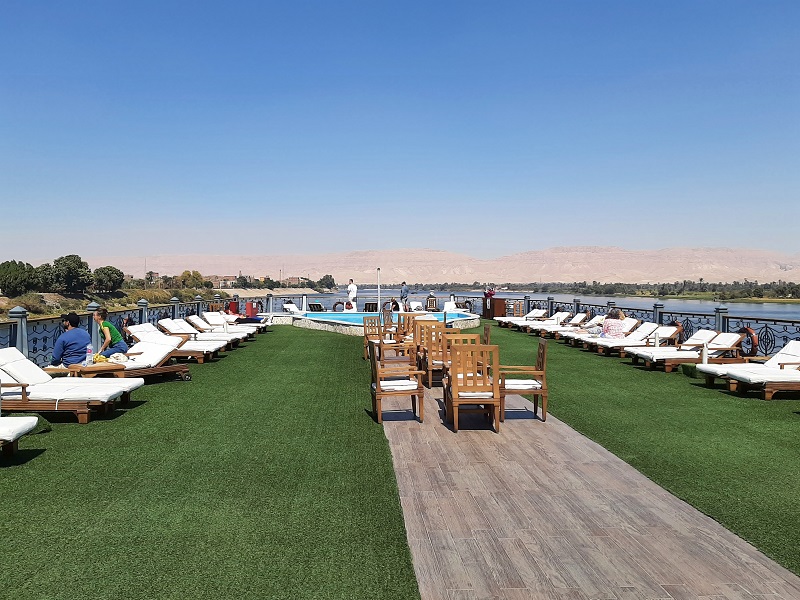
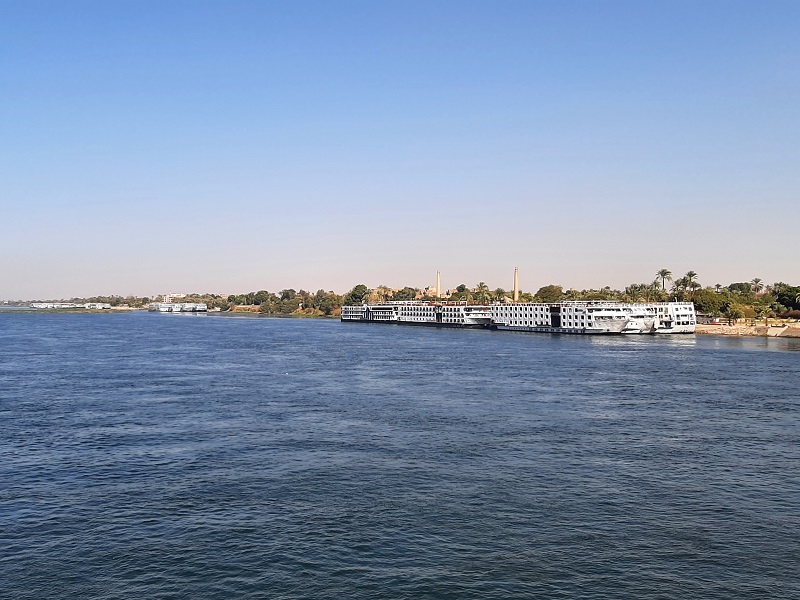
Luxor history
Luxor is located on the east bank of the Nile River and has a long history dating back to the earliest times of ancient Egypt.
Although the people of ancient Egypt knew the city under the name of Waset, Luxor is perhaps better known under its Greek name of Thebes.
Thebes was already an important administrative centre in the Middle Kingdom (2040-1782 BC) and famous for a couple of important temples.
In the New Kingdom (1550-1070 BC), Ancient Thebes became the capital of Egypt, which heralded in a time of great prosperity.
Almost all of the famous ancient Egyptian temples and tombs of Luxor were built in this era.

Tourism
In modern times, Luxor became a popular tourist destination due to its rich history and well-preserved ancient Egyptian sites.
It is therefore no surprise that UNESCO inscribed Luxor on the World Heritage List, where it is listed as “Ancient Thebes with its Necropolis”.
Thebes is an astonishing testimony to ancient Egyptian civilization at its height and the well-preserved temples and tombs continue to draw tourists from all over the world to Luxor.

Sights of Luxor
There simply isn’t any other city in Egypt where you can find such a high concentration of awe-inspiring sights as Luxor.
These are the most famous sights to visit in Luxor:
– Karnak Temple Complex
– Luxor Temple
– Valley of the Kings
– Temple of Hatshepsut
Karnak and Luxor Temple are located in the modern-day city on the east bank of the Nile, while the Valley of the Kings and the Temple of Hatshepsut are located just outside the city limits on the west bank.
You’ll need at least two full days in Luxor to do the city justice and to see all the main sights.

Karnak Temple Complex
The most famous of all the ancient Egyptian sites of Luxor is arguably the Karnak temple complex.
What makes Karnak so special is the vast size and diversity of the complex.
The first temples at Karnak were built in the Middle Kingdom.
Karnak grew bigger over time as almost every Egyptian ruler wanted to leave some footprints at this important religious complex in the heart of Ancient Thebes.
In total some 30 Pharaohs all the way up the Ptolemaic era contributed to the Karnak Temple Complex by ordering the construction of new temples and buildings.
It’s the ensemble of all these temples from different eras of ancient Egypt that makes Karnak so special and why this is the number one must-visit sight in Luxor.

Luxor Temple
Luxor Temple was another important temple of Ancient Thebes, being connected to Karnak by the Avenue of Sphinxes.
The front of the temple with the twin statues of Ramses II is certainly impressive.
Throughout this complex there are several impressive courts, colonnades and sanctuaries, which really come alive when you visit the temple with a guide.
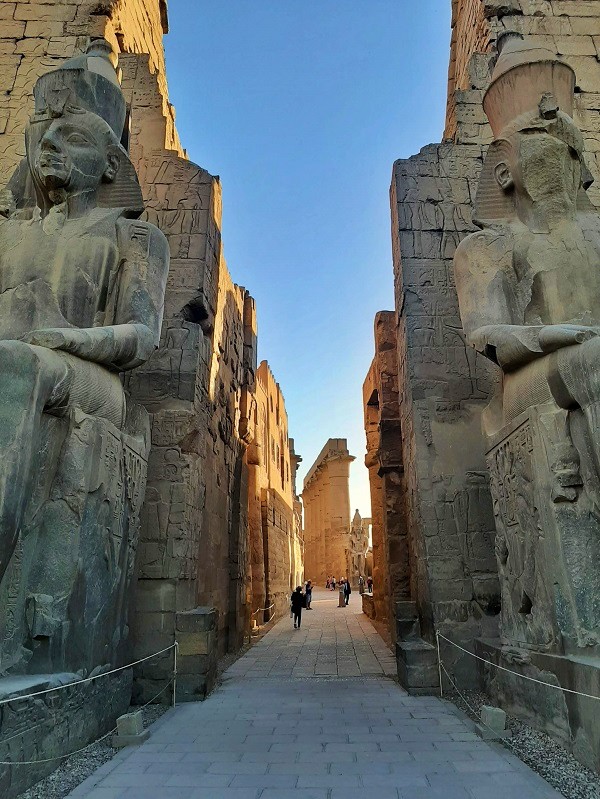
Valley of the Kings
Another famous ancient Egyptian site in the Luxor area is the Valley of the Kings, which is located on the west bank of the Nile right opposite the ancient city of Thebes.
The Valley of the Kings is famous for its rock-hewn tombs of the Pharaohs of the New Kingdom of Egypt (1550 to 1069 BC).
The tombs, which run deep into the rocks, are magnificently decorated with reliefs and paintings of scenes from ancient Egyptian mythology.
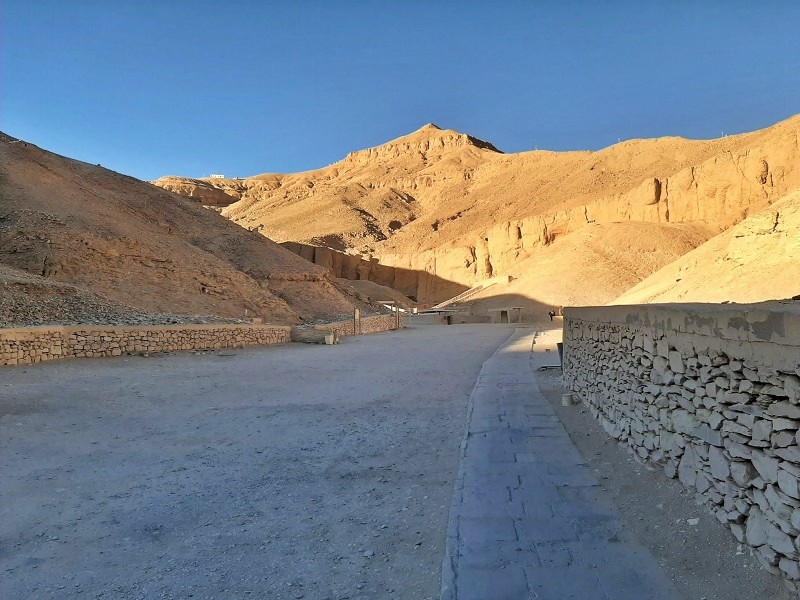


Temple of Hatshepsut
The Temple of Hatshepsut is located on the west bank of the River Nile as well.
As the name suggests, this temple was built by Hatshepsut, a female Pharaoh who ruled Egypt from 1479 until 1458 BC.
However, much of the imagery referring to Hatshepsut’s rule has been destroyed some two decades after her death, while Coptic Christians painted their symbols over some of the original paintings when the temple was used as a monastery between the 6th and 8th century AD.
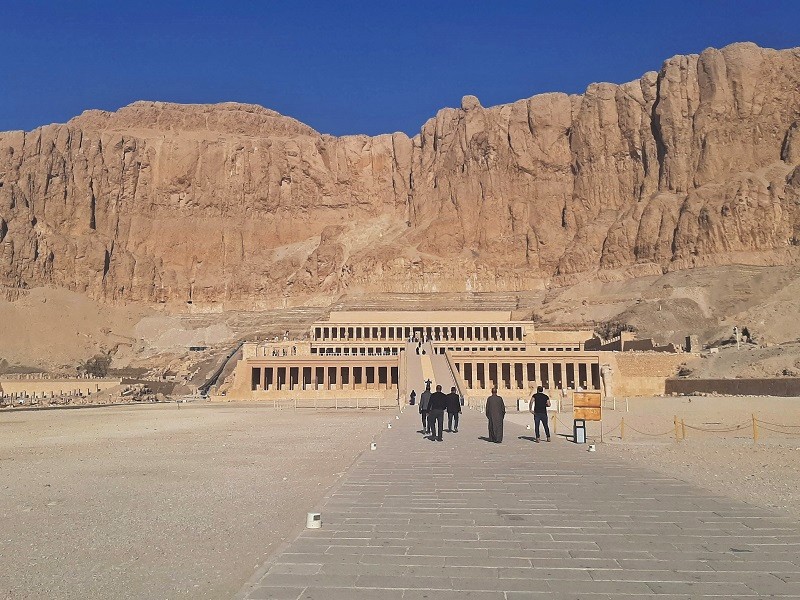
Other sights in and around Luxor
As Ancient Thebes was such an important historical city in Egypt, it won’t be much of a surprise that there are also numerous smaller sights to visit when you are in Luxor.
If you have some extra time, it’s well worth to visit the secondary sights such as the Valley of the Queens, the Colossi of Memnon or the Ramesseum.
Although they are dwarfed by the main sights of Luxor, these archaeological sites are all highly regarded and interesting to visit.
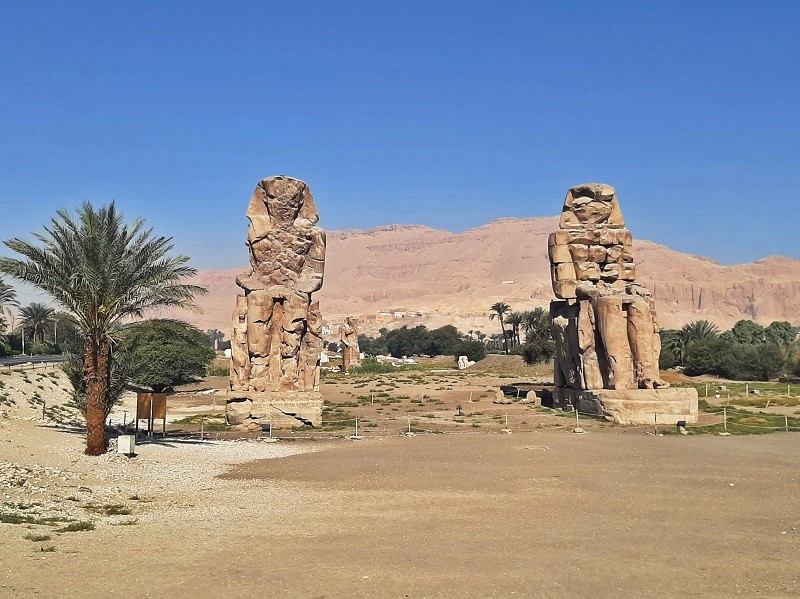
Luxor Nile views
Luxor is a big city of some 400,000 inhabitants, with well over a million people living in the wider metro area.
Although the modern-day city isn’t as pleasant as Cairo, Aswan or Alexandria, Luxor does have some good shopping opportunities in its souqs.
When you are in town, don’t forget to admire the sunset from the banks of the River Nile.

Luxor hotels
As one of Egypt’s most important tourist destinations, Luxor has a wide choice of accommodation ranging from budget guest houses to luxury five-star hotels.
The Hilton Resort & Spa and Sofitel Winter Palace are the two best hotels in Luxor, with the riverside Hilton having modern rooms on some fabulous grounds overlooking the Nile while the Winter Palace is the top choice for those searching for historic charm.
I stayed at the Sofitel Winter Palace, which has to be one of the most wonderful hotels I have ever visited.
The magnificent old world décor and the fabulously secluded palm garden makes the Sofitel Winter Palace a Luxor attraction in its own right.



Travel to and from Luxor
There are several ways how you can reach the city of Luxor.
Luxor has an international airport with multiple flights a day to Cairo, as well as less frequent services to cities around the Middle East and charter flights to airports in Europe.
It’s also possible to take the train to Luxor with both daytime trains and an overnight sleeper train available.
The Ernst Watania/Abela Sleeping Train connects Cairo with Luxor and Aswan and is a comfortable way to travel, although its scheduled arrival in Luxor is a bit early in the morning.
Daytime trains operated by the Egyptian Railways are a bit more shabby but they provide a wonderful insight in local life and the views from the railway line along the banks of the River Nile are wonderful.
Luxor is also a popular stop for Nile cruises and makes for an ideal starting point for an upstream river cruise to Aswan or a grand last stop when taking a downstream cruise from Aswan.
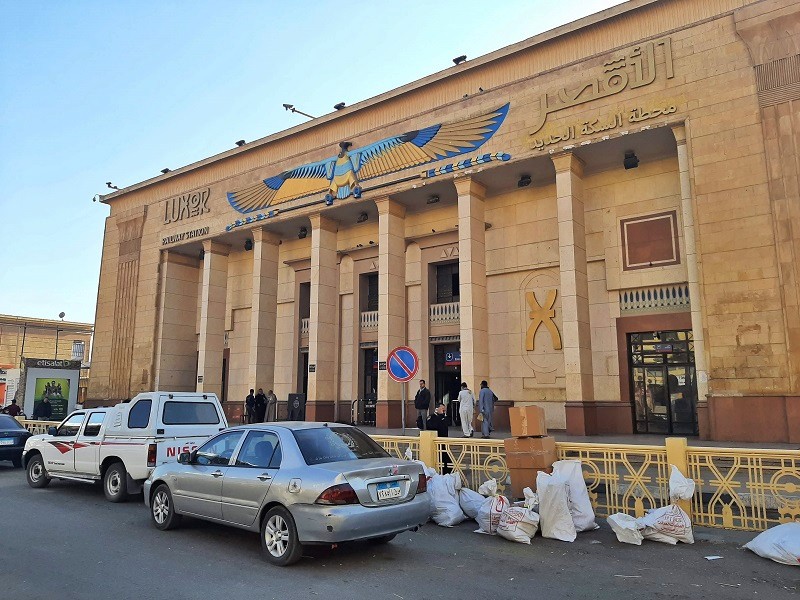



Conclusion
Due to its large concentration of awe-inspiring archaeological sites, Luxor is one of the main tourist destinations of Egypt.
In the times of Ancient Egypt, Luxor was known as the city of Thebes.
Ancient Thebes was the capital of the New Kingdom of Egypt (1550-1070 BC), an era which saw the construction of some of the most magnificent temples in the country.
Luxor’s main sights such as Karnak and the Valley of the Kings are not only some of Egypt’s most famous archaeological sites, but they are some of the most amazing ones in the entire world.
If you want to see the sights of Egypt and learn more about ancient Egyptian mythology and history, you really can’t escape a visit to Luxor.
Trip report index
This article is part of the ‘Walk Like an Egyptian: A Grand Tour of Egypt‘ trip report, which consists of the following chapters:
1. Red-Eye Ramblings of a Late Night Flight to Cairo
2. A Visit to the Pyramids of Giza by Camel
3. Review: Sofitel Nile El Gezirah, Zamalek, Cairo
4. Exploring the Medieval Old Town and Islamic History of Cairo
5. Visiting the Museum of Egyptian Antiquities in Cairo
6. Mar Girgis: The Churches of Christian Old Cairo
7. Review: Ernst Watania Sleeping Train Cairo to Aswan
8. The Ancient Quarry of Aswan and the Unfinished Obelisk
9. A Boat Ride From Aswan to the Temple of Isis at Philae
10. A Visit to the Aswan High Dam and Lake Nasser
11. A Visit to the Nubian Village on Aswan’s Elephantine Island
12. Aswan Guide: A Visit to Egypt’s Most Stunningly Located City
13. A Half Day Trip From Aswan to Amazing Abu Simbel
14. Nile River Cruise Guide: All Info for Your Egypt Boat Trip
15. Review: M/S Princess Sarah Nile River Cruise Ship
16. Nile Cruise: Sailing From Aswan to Kom Ombo
17. A Visit to the Ancient Crocodile Temple of Kom Ombo
18. A Visit to the Temple of Horus at Edfu
19. Nile Cruise: Sailing From Edfu to Luxor
20. Luxor, Egypt: Visiting the Sights of Ancient Thebes (current chapter)
21. A Visit to Luxor’s Giant Temple Complex of Karnak
22. Visitor Guide to Wonderful Luxor Temple
23. Valley of the Kings: A Visit to Luxor’s Ancient Necropolis
24. The Temple of Hatshepsut: A Visit to a Unique Mortuary Temple
25. Review: Sofitel Winter Palace Hotel, Luxor, Egypt
26. Review: Daytime Train Luxor to Cairo, Egypt
27. Review: Steigenberger Hotel El Tahrir, Cairo
28. A Visit to the Pyramid of Djoser and the Saqqara Necropolis
29. A Visit to the Dahshur Pyramid Complex
30. Memphis: Exploring the Old Capital of Ancient Egypt
31. From Cairo to Alexandria by Train: My Travel Experience
32. Review: Paradise Inn Le Metropole Hotel, Alexandria, Egypt
33. Alexandria: A Visit to Egypt’s Historic Mediterranean Port City
34. Egypt: Impressions and Reflections After My Two Week Trip
35. Epilogue: Safety and How to Deal With Street Hassle in Egypt

